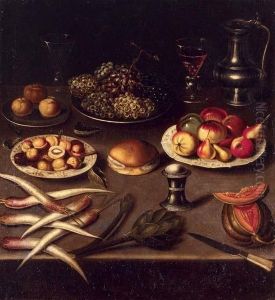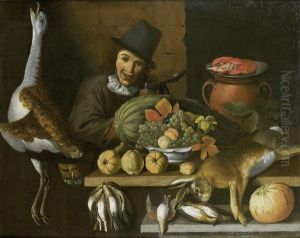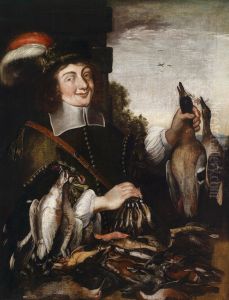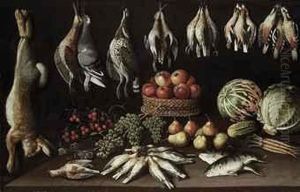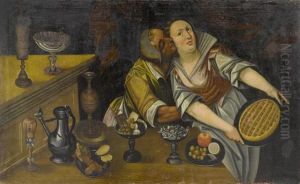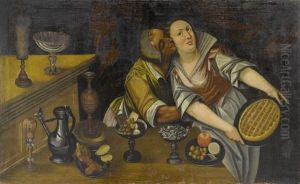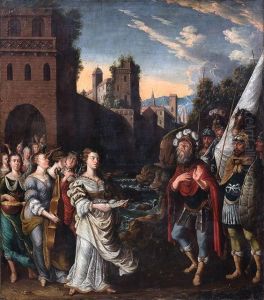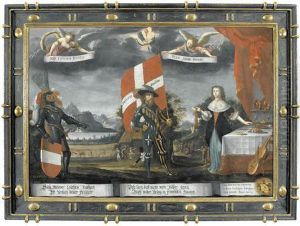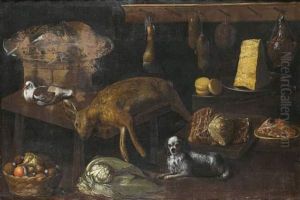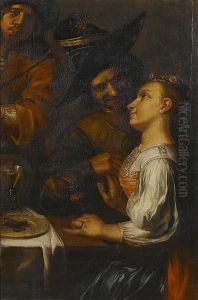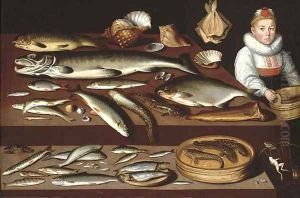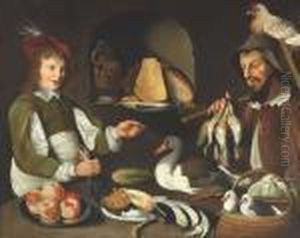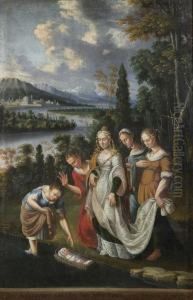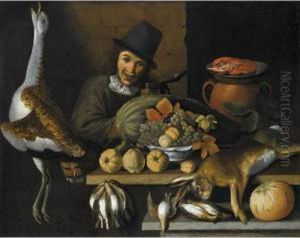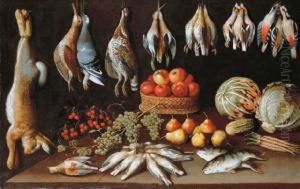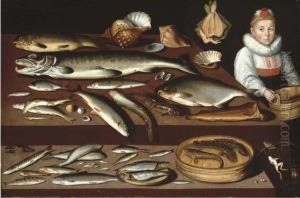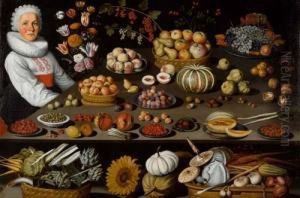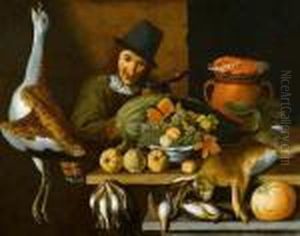Albrecht Kauw Paintings
Albrecht Kauw was a Swiss painter, draughtsman, and etcher, born in Strasbourg in 1621. Known for his still-life paintings and cityscapes, Kauw spent the majority of his professional life in Switzerland, particularly in Bern, where he became an influential artist of his time. His work is characterized by meticulous detail, a rich palette, and a mastery in depicting light and shadow, which brought still lifes to a new level of realism and complexity.
Kauw's journey into art began in his early years, showing an exceptional talent that would later be honed through travels and studies in various European cities. His style was influenced by the Dutch and Flemish still-life traditions, which he skillfully integrated with his unique perspective, thus contributing to the development of still-life painting in Central Europe.
In Bern, Kauw received numerous commissions from wealthy patrons, religious institutions, and the government, which allowed him to explore various subjects, including landscapes, city views, and, most notably, still lifes. His still lifes often featured a combination of inanimate objects, such as musical instruments, books, and glassware, with natural elements like flowers and fruits, all rendered with astonishing accuracy and depth.
Despite his success, Kauw remained relatively unknown outside of Switzerland for many years, with his works often attributed to other artists. However, recent scholarship has begun to properly acknowledge his contribution to European art, particularly in the realm of still-life painting. His works are now recognized for their technical brilliance and their role in the evolution of the still-life genre.
Kauw's legacy lives on through his paintings, which continue to be admired for their beauty and precision. He passed away in Bern in 1681, leaving behind a body of work that encapsulates the richness of 17th-century European art and continues to inspire artists and art lovers alike.
